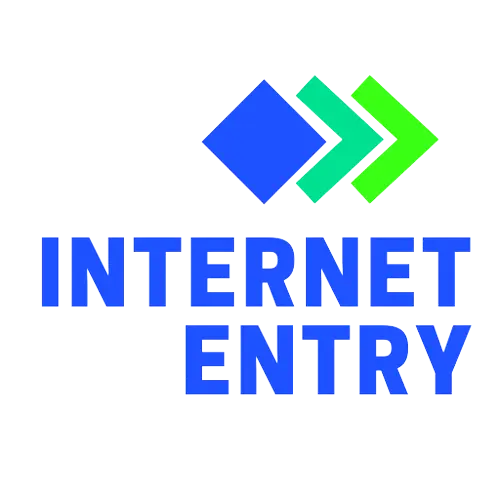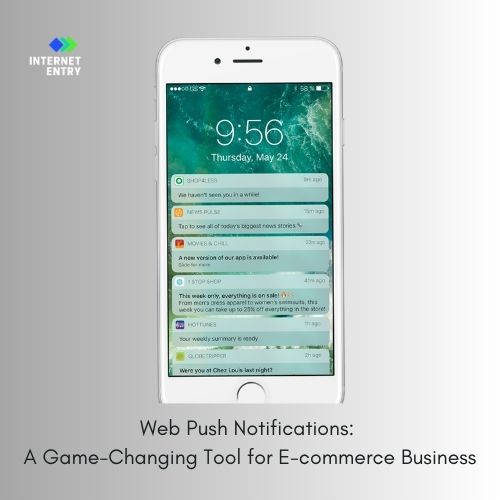In the digital age, businesses are constantly seeking innovative ways to engage their audience and promote their products and services. One such innovation that has taken the marketing world by storm is Web Push Notifications. These unobtrusive yet powerful messages enable businesses to reach out to their audience on the web without requiring them to open their browsers. In this comprehensive guide, we will delve deep into the world of Web Push Notifications and explore how they can elevate your marketing strategy.
Web Push Notifications: A Game-Changing Tool for Businesses
Understanding Web Notifications
At its core, a Web Push Notification is a brief message that appears on a user’s screen while they are browsing the internet. These notifications are strategically used to capture the user’s attention and convey information, announce new content, or provide alerts. They have become indispensable for businesses looking to connect with their audience in real-time.
The Evolution of Push Notifications
The journey of Push Notifications began in 2003 with the introduction of push emails by the Blackberry Operating System. This innovation transformed the way people checked their emails. In June 2009, Apple made a significant contribution by launching the Apple Push Notification (APN) service, marking the advent of the first push notification service. Since then, Web Push Notifications have continued to evolve, becoming a vital communication tool for businesses.
How Web Push Notifications Work

The magic behind Web Push Notifications lies in their simplicity of execution. Any business with a website, whether large or small, can harness the power of Web Push Notifications by installing code from a web push service provider. This code enables the seamless delivery of notifications to users who have opted in.
When a user clicks on a Web Push Notification, it redirects them to a predefined URL chosen by the brand. The entire process hinges on the services of a Push service provider, such as Google’s Firebase Cloud Messaging (FCM), which facilitates the transmission of push messages to users’ devices.
FCM acts as an intermediary, relaying notifications to a service worker, a background script that processes and displays notifications to users. This allows for a seamless and efficient delivery of messages, enhancing user engagement.
Types of Web Push Notifications
This come in various forms, including:
- Welcome Back Messages: Greet returning users with a warm welcome, encouraging them to explore your offerings.
- Reminders: Send timely reminders about important events or deadlines to keep users informed.
- Sales and Promotion Alerts: Drive sales and conversions by notifying users about exclusive offers and promotions.
- New Product or Service Updates: Showcase your latest offerings and keep customers in the loop.
- Content Updates: Alert users to fresh content, ensuring they stay engaged with your website.
Eliminating the Need for Apps
One of the remarkable advantages of Push Notifications is their ability to deliver real-time notifications to a variety of devices without the need for a dedicated mobile app. This efficiency makes them an attractive choice for businesses aiming to maximize their reach and impact.
Efficient Message Delivery
Web Push Notifications excel in delivering messages efficiently. Even when users are not actively browsing your website, these notifications can grab their attention, leading to increased engagement and conversions. Similar to email marketing, Web Push Notifications can be personalized and targeted, allowing you to tailor messages to specific user segments.
Enhancing Customer Retention
It play a pivotal role in customer retention. According to a website retention case study, brands that incorporate push notifications can significantly boost their website retention rates. By keeping users informed and engaged, businesses can foster customer loyalty over time.
Strategies for Opt-In Prompts
The success of Web Push Notifications largely depends on how you prompt users to opt in. To maximize acceptance rates, consider implementing the following strategies:
- Soft-Ask Approach: Prior to the browser prompt, use a “soft ask” to explain the value of subscribing to notifications. Highlight the benefits to entice users.
- Timing: Determine the best timing for presenting the opt-in prompt. Some brands wait until users have explored several pages, while others display it upon entering the site.
- Recognize Time Invested: Target users who spend more time on your site, as they are more likely to accept notifications.
- Specific Page Opt-Ins: Offer the opt-in prompt when users land on specific URLs, increasing the likelihood of acceptance.
- Scrolled Percentage: Trigger the opt-in prompt when users scroll a certain percentage of the page, ideal for websites with infinite scroll functionality.
- User Activity: Assess user activity, such as adding items to a wishlist or reaching the checkout page, and prompt accordingly.
Conclusion
In conclusion, Push Notifications have emerged as a potent tool for businesses to maintain user interest, deliver timely updates, and drive engagement. Whether you aim to promote products, inform users about events, or enhance customer retention, Web Notifications are a versatile and efficient means of communication. To harness their power, provide clear, concise messages, and engage your audience effectively. Elevate your marketing strategy with Web Push Notifications and watch your audience engagement soar.
To read such interesting articles on the latest technology and marketing for our blog and YouTube channel to stay updated.
Do let us know in the comments how much you liked this blog post.

